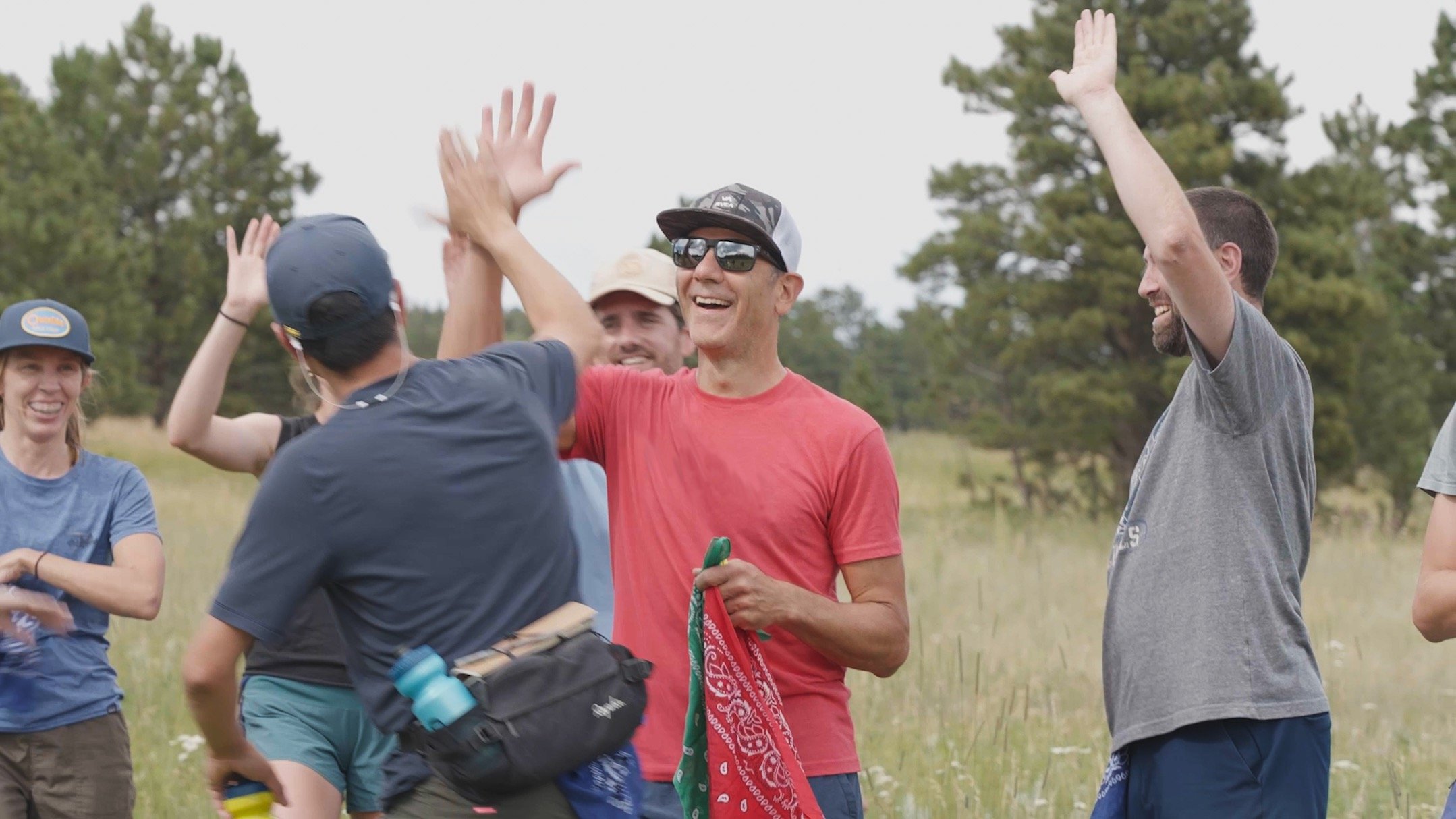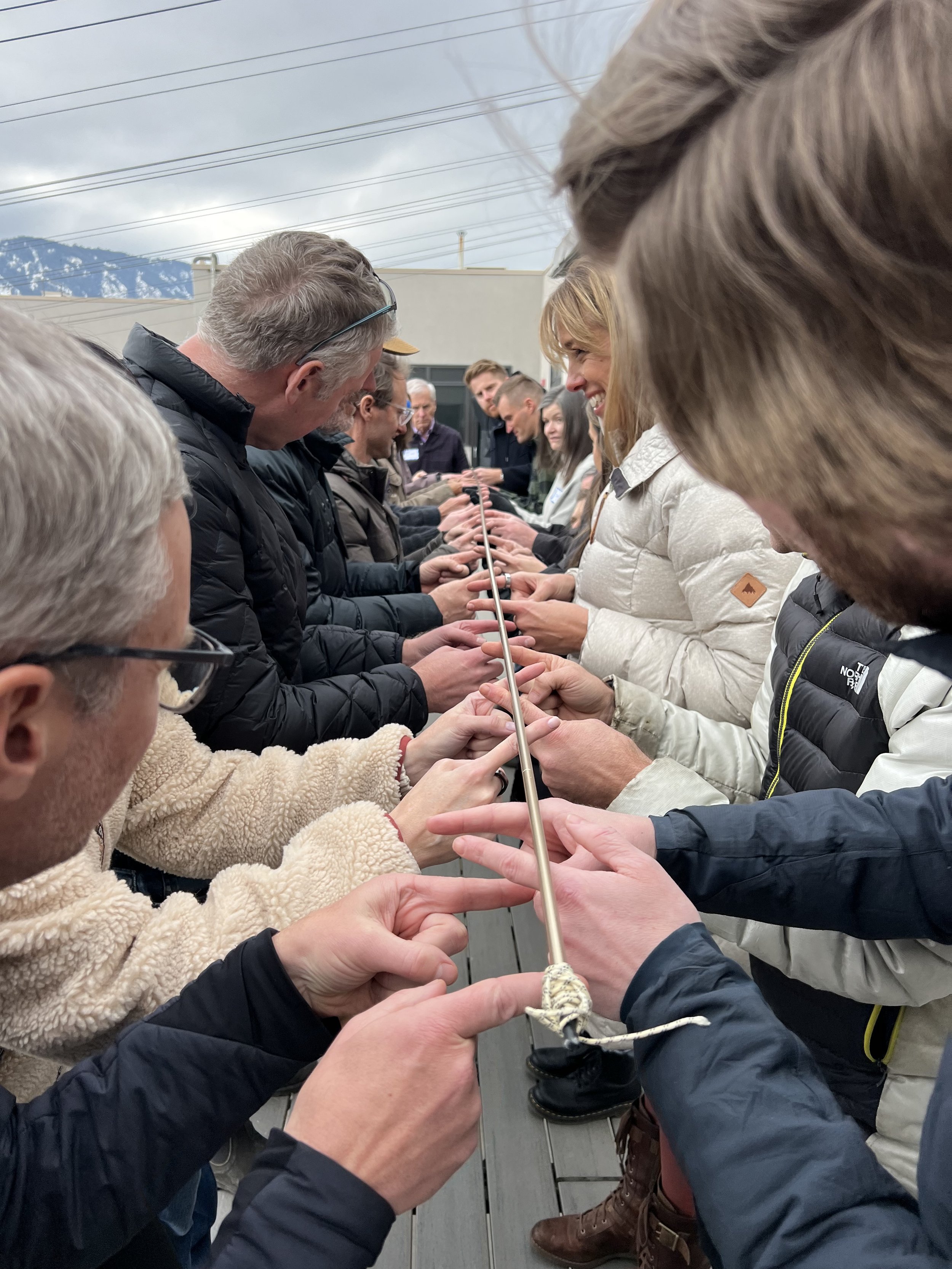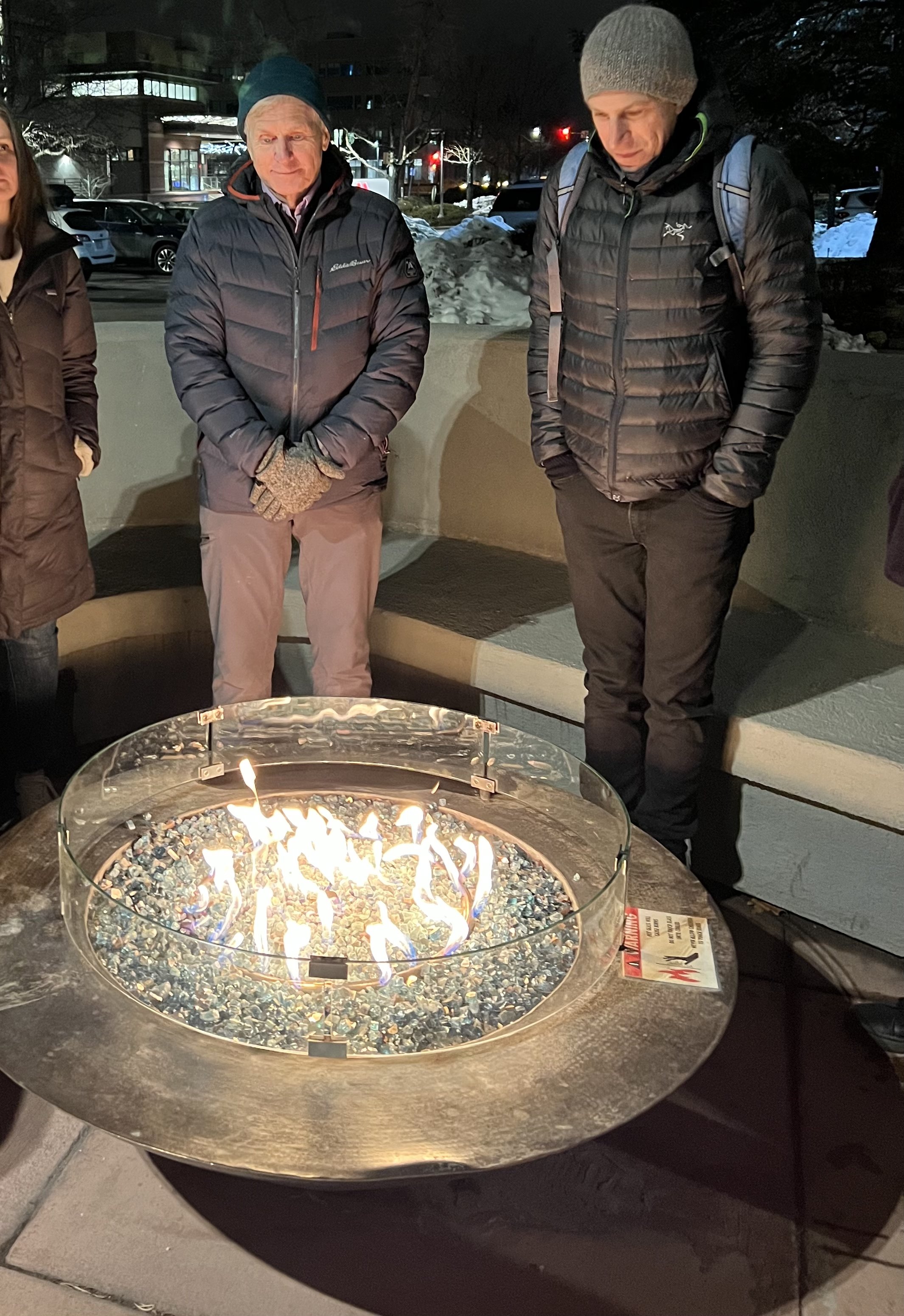7 case Studies of Corporate Offsites & their approaches
Our thesis: In order to build a high-performing team, you need to build meaningful work relationships, have people develop self-awareness for group dynamics at play, and build up psychological safety.
Below is a list of various case studies Executive Offsites has facilitated so you can see examples of problems and how they were solved. As you’ll notice, nearly all of these challenges were solved with a similar underlying component of enabling the teams to humanize one another.
Case Study #1: Product teams within engineering organization need to align, not compete
Problem:
Siloed organization.
Engineering team had never met, so didn’t have personal connections.
Multiple outdated codebases inherited from previous products with no real process to integrate them within the current codebase across the different product teams.
Approach:
Over the course of the 3-day offsite, Kendall and Jim facilitated exercises at Rocky Mountain National Park, giving an awe-inspiring backdrop to the event where small group breakouts discussed the biggest team challenges & created alignment. Kendall facilitated nostalgic games to create connection through play. There was a workshop on inefficiencies to improve process, magical dinner with sunset, roadmapping/strategic planning, and a small group/small team declaration exercise to the team at a breathtaking location.
Results:
Overwhelmingly, participants said it was “definitely the best offsite I’ve been on….Everything was carefully thought out and planned.”
Individuals with egos acknowledging where their ego gets in the way of department alignment.
“Relationships, community, sense of belonging, sense of comradery, team.”
“Feeling closer about team, org, and the company as a whole.”
Greater transparency: identifying blind spots and how people relate to one another.
A rough draft road map for next year
Morale shift
“I thought the offsite would be lame or forced, but it was a lot like summer camp. ”
Case Study #2: Marketing department building cohesion & trust
Problem:
No relationships/sense of belonging within marketing team, which had never met.
Lack of alignment.
Team cobbled together from legacy companies.
Approach:
Over the course of a 3-day offsite, the team learned different tools (making requests and offers, giving feedback), & played games that mimicked the way the team worked (orienteering, etc.), and had awe-inspiring moments (sunrise hikes, blind trust walks), as well as learned about each others’ strengths through team dimensions profile (one's strength and one's team strength). The team created One True North, engaged in strategic planning, and participated in psychological reprogramming through EFT & how to operate under stress using Wim Hof breathwork.
Results:
Increase in empathy
“Stronger connections/more meaningful connections with teammates”
“Shared sense of purpose and trust.”
“Us knowing each other better to me will help us tangibly work more cohesively in the future”
“A feeling of synergy. a stronger feeling of friendship within the core team”
“Gained confidence with teammates + trust + personal confidence”
“That was single-handedly the most value per head of any offsite I’ve ever experienced.”
Case Study #3: Small-to-medium sized business plans annual strategy while needing to improve business model in awe-inspiring offsite
Problem:
Annual planning meeting for small-to-medium-sized business (SMB) not knowing what next year strategy would look like. Needed group to bond quickly so they could get to work.
Approach:
Over the course of a 5-day offsite, created time for work and strategy for following year and for relationship building. Awe-inspiring & novel activities that created connection.
Results:
Raised profitability by 12%.
Created 18-month plan for execution.
Case Study #4: Installing connection and accountability in a department
Problem:
A sales team in the hospitality sector comprised of three teams had low connection and an avoidance of accountability & feedback. In addition, negative energy from two employees permeated the org. and impacted satisfaction and retention in the workplace.
Approach:
Executive Offsites began the project with a deep dive into data – collecting and analyzing survey data, as well as interviewing key stakeholders. In zeroing in on creating connection, Kendall facilitated the teambuilding session, including a personal history exercise. She also facilitated a values exercise to get different teams to see their conflicting values, create group values, and identify how individuals were not embodying these values in a productive and transparent way.
Results:
Because the teambuilding was so productive, the team is going to allocate more time for human connection going forward. They came away with aligned values for new hires and aligned values for how everyone should operate. They made new commitments to saying no to more things to allow for better prioritization. People saw each other in a new light and humanized one another.
Case Study #5: Improving how colleagues communicate, especially tone & prioritization
Problem:
Non-profit created their Annual Offsite and wanted to incorporate teambuilding. They struggled with transactional relationships and the tonality of employees’ emails not coming across friendly. They lacked trust and non-transactional connection.
Approach:
After conducting research via survey and interviews, Kendall facilitated a round robin of getting to know you questions followed by a workshop on requests & offers (saying "no") and finally, a tonality workshop.
Results:
8% improvement in staff survey on how long they want to stay there at company
10% increase in sense of belonging.
“The work can be hard and isolating. Kendall facilitated exactly what my team needed. The whole experience was amazing. I have already had coworkers asking if she will be at the next retreat.”
Case Study #6: Board meeting aligning 20 different stakeholders (legacy & new hires)
Problem:
A board needed to come together who had just acquired 10 different companies. Comprised of legacy and new hires who had never met, the board had very few personal connections and lacked a sense of belonging. Some of the biggest challenges were prioritization, as they had this pattern of the CEO saying jump, and everyone reacting “How high?” No one would say “No;” they’d just pile more things on. In addition, decisions were made without all necessary parties included, leaving them wondering if they were intentionally left out. Employees lacked awareness of other department’s priorities and there was a lack of accountability of each business’s P&L. Great at ideas, not great at execution.
Approach:
Over the course of a 3-day offsite, Kendall and Jim facilitated exercises in making commitments (making decisions and sticking to it) & adopting new ways of alignment that had staying power. Exercises included creating alignment in P&L processes, an accountability framework, and relationship building. There was a values exercise to better understand employees’ similarities and differences, as well as gut-check our biases toward one another. Employees took away new ways of making requests and promises, and giving feedback.
Results:
Improved P&L so that they could have additional offsites.
Stronger relationships and sense of team.
Refined presentation skills that pack a punch.
Case Study #7: Creating a culture of recognition and empathy in Big Tech
Problem:
Big technology company had no real sense of belonging or relationships for team of 20 people.
Approach:
In creating a virtual offsite, Kendall created break out rooms where attendants got to see each other in a new light, and through facilitated exercises, got to be seen, heard, and valued for their individual contributions.
Results:
The offsite created a greater sense of team & connection. People saw each other in new light, developing a greater sense of community, having people reach out to their colleagues in non-transactional ways but with empathy.
“Before the offsite, I struggled with one person’s attitude, and after the offsite, I saw the person in a new light.”
























